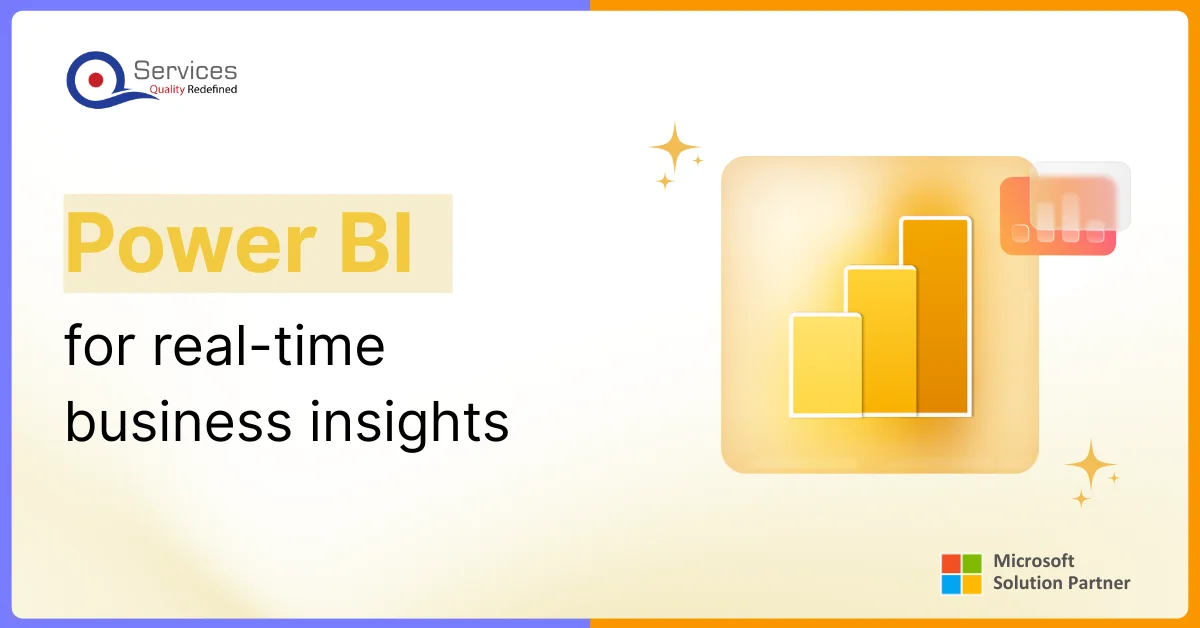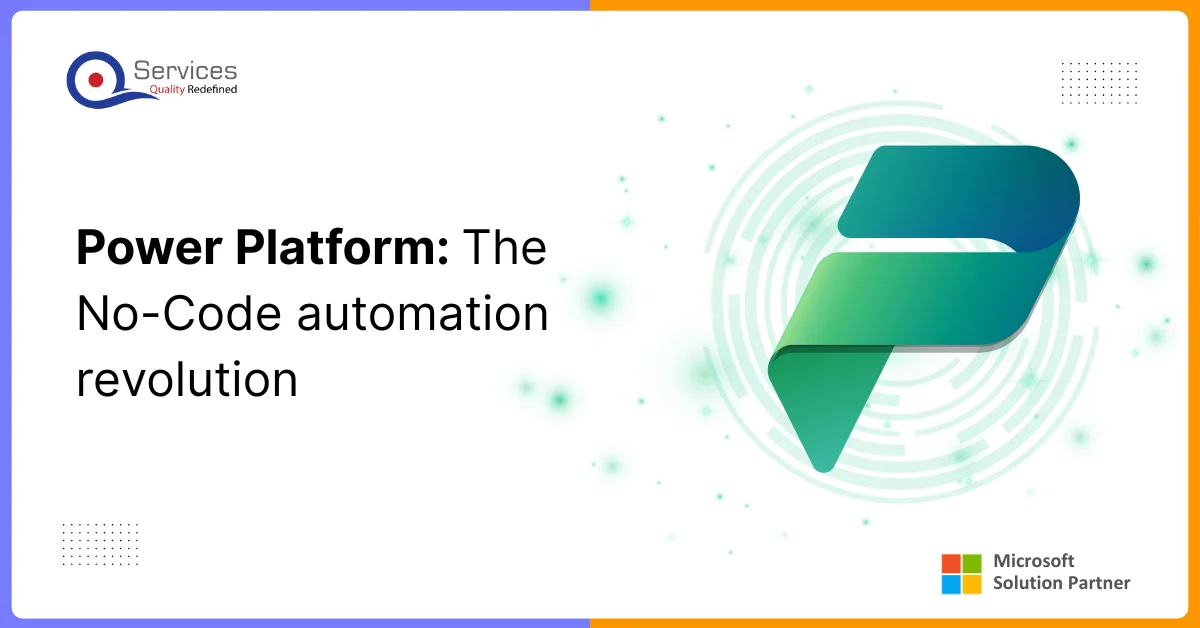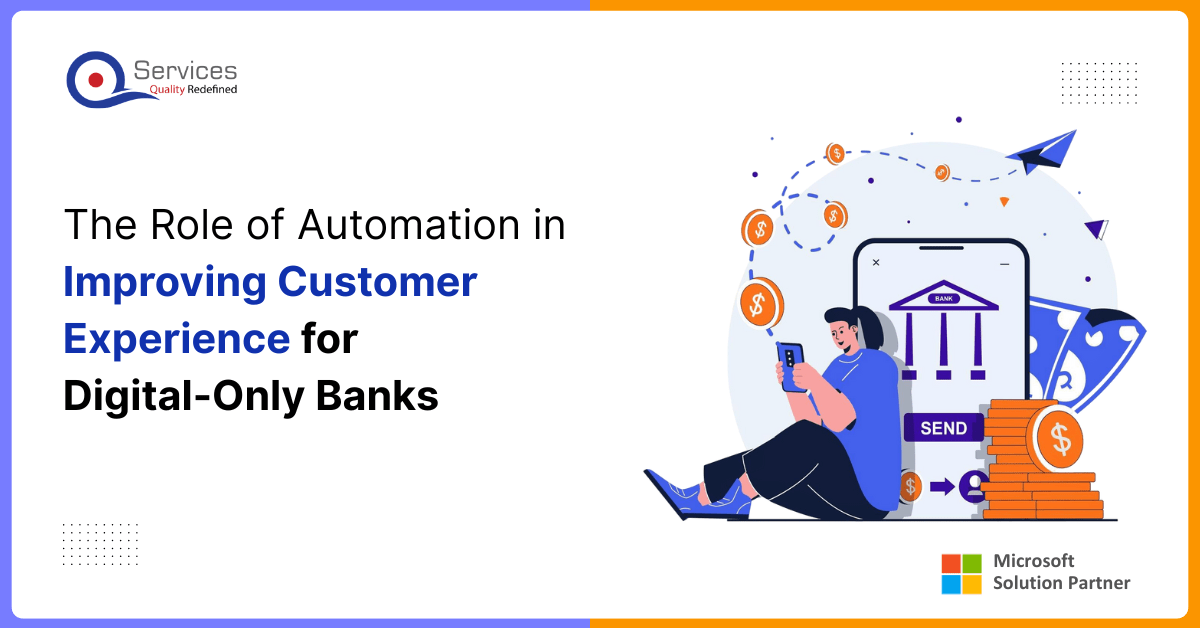
Home » Custom Connectors for Power Apps: A Comprehensive Guide

By following this guide, you’ll gain the skills to build custom connectors that enhance your Power Apps. These connectors not only streamline workflows but also unlock endless possibilities by integrating with various APIs.
Get started today and empower your organization with the full potential of Power Apps and custom connectors!
Custom connectors are wrappers around external APIs that let Power Apps, Power Automate, Logic Apps, and Copilot Studio talk securely to services that don’t have a built‑in connector, turning any REST/SOAP API into a reusable, low‑code building block. They matter because they unlock integrations with your proprietary, legacy, or niche systems, so the Power Platform can automate real business workflows instead of only what’s available out of the box.
A custom connector is an intermediary (proxy/wrapper) between Power Platform and an external service, usually exposed via a REST or SOAP API.
Once defined, it shows up just like a standard connector, with actions and triggers that makers can use in flows and apps without worrying about raw HTTP calls or complex authentication.
Extend beyond built‑in connectors: They let you integrate any web API, in‑house app, or legacy system that lacks a standard connector, so you’re not limited to the catalog Microsoft ships.
Enable real business scenarios: Organizations use them to connect to core banking/fintech APIs, CRMs, e‑commerce, IoT, and line‑of‑business systems, creating end‑to‑end workflows tailored to their exact processes
Power Apps is a versatile platform that allows users to build applications tailored to their individual needs. One of its most powerful features is the ability to integrate external APIs through custom connectors. Whether you are new to Power Apps or an experienced developer, understanding custom connectors is key to extending the functionality of your apps.
Here’s a simple, step-by-step guide to help you build your first custom connector:
a. Before creating a custom connector, you need a publicly accessible API with proper documentation.
b. Gather details like the base URL, authentication method, and endpoints.
a. Navigate to Power Apps Maker.
b. In the left menu, click Data, then select Custom Connectors.
a. Click on New custom connector and choose Create from blank.
b. Provide a name for your connector.
a. Set the host URL (e.g., https://api.example.com).
b. Provide a description to help users understand the connector.
a. Choose the authentication method supported by your API (e.g., API Key, OAuth 2.0, or Basic Auth).
b. Add the required details, such as client ID, client secret, or API keys.
a. Define the actions your connector will perform by specifying API endpoints.
b. For each action:
(i) Provide a name, description, and operation ID.
(ii) Add request parameters and define the response schema.
a. Save your connector and use the built-in test feature to validate the connection.
b. Provide any required authentication details and send test requests.
a. After successful testing, save and publish your connector.
b. Use the connector in your Power Apps or Power Automate flows.
Get free Consultation and let us know your project idea to turn into an amazing digital product.
Custom connectors bridge the gap between Power Apps and external APIs. Here’s an example to illustrate the process:
a. Use a free weather API like OpenWeatherMap.
b. Obtain an API key.
a. Define the base URL (https://api.openweathermap.org/data/2.5/).
b. Set up an action for fetching weather data, e.g., /weather?q={city}&appid={APIKey}.
a. Use the connector in a Power App to create a form where users can enter a city name.
b. Display the weather data in a label or gallery.
For experienced users, here are advanced techniques to enhance your custom connectors:
Define dynamic schemas to handle varying response structures.
Implement advanced authentication methods, like Single Sign-On (SSO).
Use logic to handle API rate limits and cache responses to optimize performance.
Define error messages and fallback actions for better user experience.
Create connectors with multiple interdependent actions to perform complex tasks.
Begin with a small, single-purpose connector before creating more complex integrations.
Always use secure authentication methods, such as OAuth 2.0.
Include detailed descriptions and examples for each action to help other users.
Test your connector with various inputs and edge cases to ensure reliability.
Use API monitoring tools to track usage and identify bottlenecks.

Now you can start building apps that will really make an impact!
That’s it—you’re all set! Now you know how to build custom connectors for Power Apps and integrate APIs. Test them, secure your connections, and keep an eye on performance for smooth, efficient workflows. Go ahead and start turning your ideas into powerful apps!

In the past, business intelligence tools focused on collecting data and creating reports every month. That approach worked when things moved slowly. Now, businesses need to make decisions in seconds. Waiting for static reports can mean missing sales, reacting late to supply issues, or not spotting financial risks on time.

As this year closes, no-code automation is steering digital transformation across industries. Businesses that began with low-code tools are now scaling faster through Power platform development strategies. Many are realizing that innovation, security, and efficiency can coexist when automation is built on Microsoft Power platform.

As digital expectations grow, customers now demand speed, ease of use, and 24/7 availability. To meet these demands at scale, digital-only banks choose business process automation in the banking industry to deliver consistent, responsive, and personalized service.
A custom connector is a wrapper around a REST API that allows Power Apps, Power Automate, or Azure Logic Apps to communicate with that API. It enables integration with services that aren’t available as prebuilt connectors.
You can create a custom connector by defining the API’s endpoints, authentication methods, and actions using the Power Apps or Power Automate interface. You can also use OpenAPI definitions or Postman collections to simplify the process.
Custom connectors support various authentication methods, including API Key, Basic Authentication, and OAuth 2.0. Microsoft Entra ID (formerly Azure AD) is recommended for secure authentication.
Yes, you can test your custom connector directly within the Power Apps or Power Automate interface by creating a connection and using it in a test flow or app.
You can pull any data exposed by the external API, such as JSON, XML, or other formats supported by the API endpoints.
Implement error handling in your custom connector by defining response codes and messages for different error scenarios. Use Power Automate’s error handling features to manage errors in flows.
Yes, you can share custom connectors within your organization or publish them as independent publisher connectors for broader use.
Limits include the number of custom connectors you can create, the number of requests per minute, and the maximum request content length. These limits vary based on your Power Platform plan.
Update a custom connector by editing its definition in the Power Apps or Power Automate interface. Save and republish the connector to apply changes.
Handle timeouts by implementing retry logic and configuring appropriate timeout settings in the custom connector’s definition.
Yes, custom connectors can be used with SharePoint through Power Automate to create workflows that interact with external APIs.
Document your custom connector by providing detailed descriptions of its actions, parameters, and responses, and including examples of how to use it.
Resources include Microsoft’s official documentation, tutorials, community forums, and training courses on platforms like Microsoft Learn.

Founder and CEO

Chief Sales Officer
